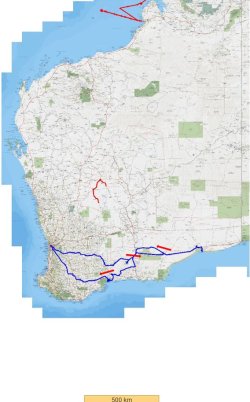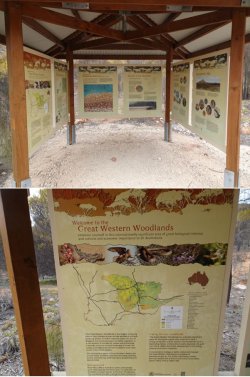- Joined
- Jun 7, 2006
- Posts
- 11,529
- Qantas
- LT Gold
You should run AFF tours for these road trips
Would I have to take you?
Would you be able to stop whinging for that long?
You should run AFF tours for these road trips

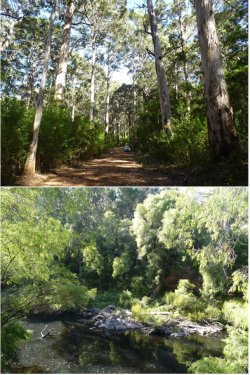

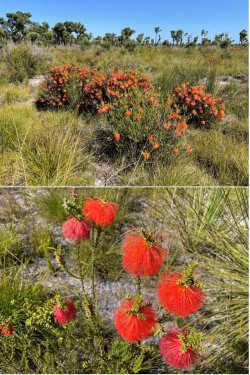




Would I have to take you?
Would you be able to stop whinging for that long?

At least you'd be drinking out of better wine glasses
I'm working on doing the Holland Track (The Holland track and beyond.) probably about the first week of May, depending on whether the rains have started. I want to get the cooler weather, clear Easter and the school holidays, but I don't want to fight the big holes when they are full of water and mud.
If Mrs Daver6 will give you a leave pass, come along. Don't worry about work - you do stuff-all anyway.























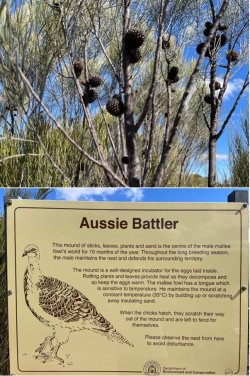





AFF Supporters can remove this and all advertisements


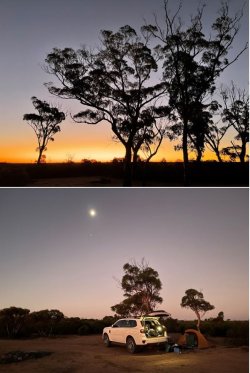







I always carry a satphone.I'm not a four wheel driver so pardon the ignorant question but If you were by yourself and got into one of those deep ditches could you get yourself out again. Do you have a satellite phone or how to communicate if you get stuck?
